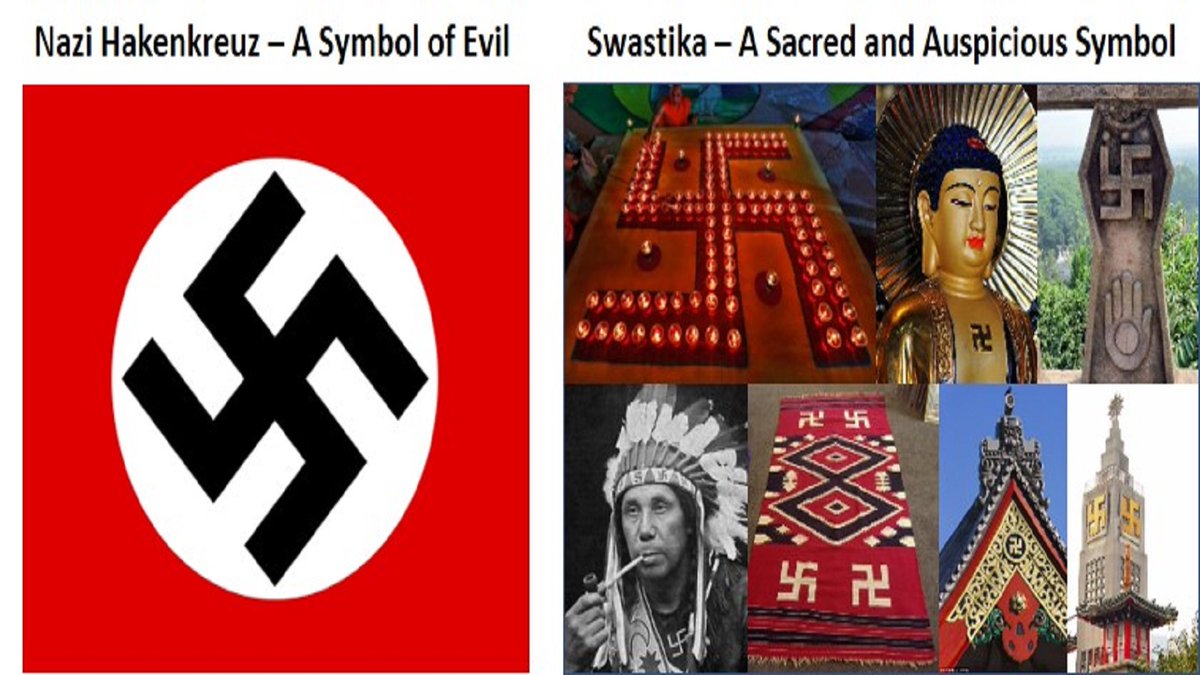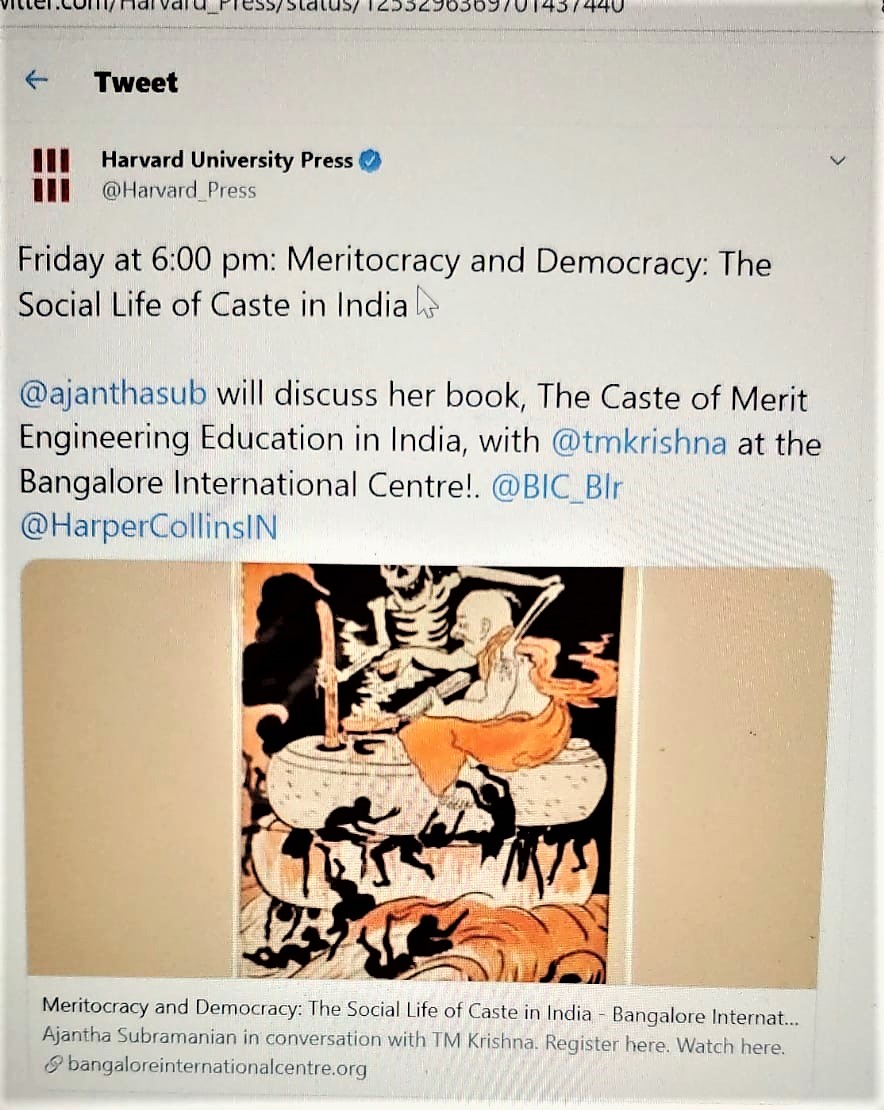
Thread: #SwastikaIsNotHakenkreuz. What is the Swastika? 1/n
In Sanskrit, the word Swastika means “that which brings good luck and well-being.” The word "Swasti" occurs frequently in the Vedas as well as in classical literature, and means health, luck, success, and prosperity. It is a symbol of divinity and auspiciousness. 2/n
The limbs of the Swastika are associated with the four goals of life: Dharma (right action), Artha (worldly prosperity), Kama (worldly enjoyment) and Moksha (liberation from the cycle of birth and death). They also symbolize the four Vedas (Rig, Yajur, Sama and Atharva). 3/n
Hindus use the Swastika to adorn the entrances of their homes, in Mandirs (temples), on their cars, in various festivals as #Diwali, in marriage ceremonies, in house warming ceremonies, in meditation, and many other places. There is also a yoga posture known as Swastikasana! 4/n 







In Buddhism, the Swastika possesses variety of meanings and interpretations - from symbolizing the auspicious footprints of the Buddha to the Dharma wheel in reference to the Samsara doctrine....5/n
Swastika represents the core doctrine to Buddhists and can be seen imprinted on temples and on Buddha’s chest. Buddhists often use it as a form of meditative Mandala. It can be seen on various Buddhist temples and images. 6/n 







For Jains, the Swastika is the emblem of their seventh Tirthankara (spiritual teacher) known as Surprashvanatha. According to Jainism, it is a reminder of the four places that they could be reborn. All Derasars (Jain temples) and sacred texts must contain the Swastika. 7/n 



• • •
Missing some Tweet in this thread? You can try to
force a refresh





